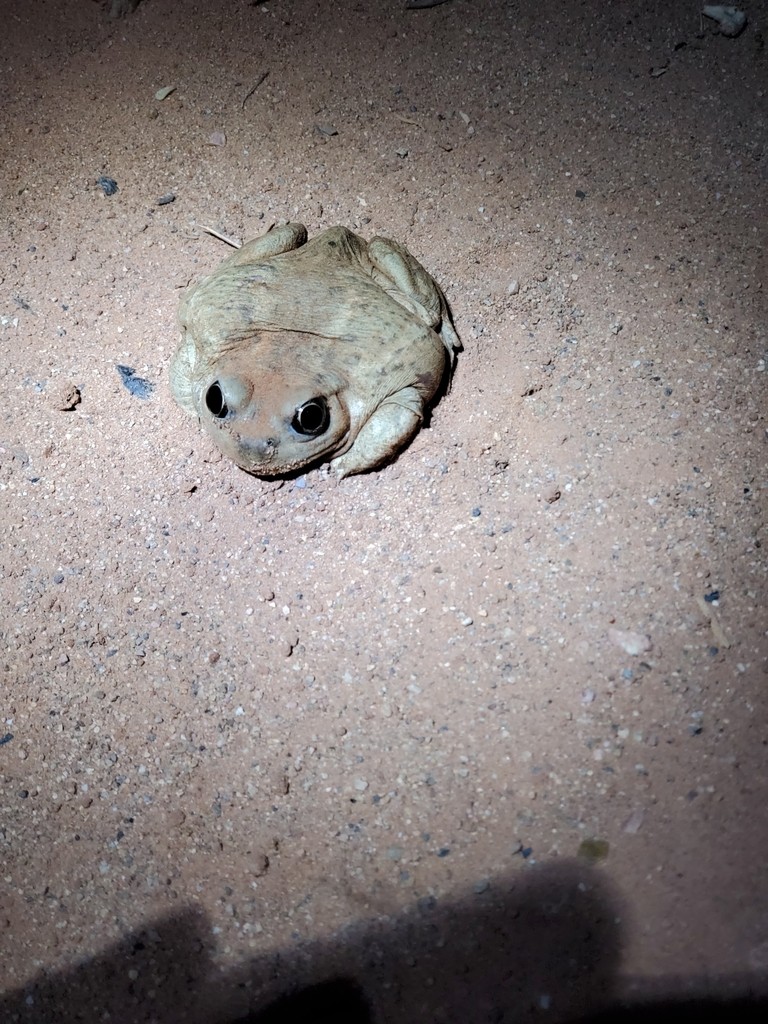Great basin spadefoot
A species of Western spadefoot toads Scientific name : Spea intermontana Genus : Western spadefoot toads
Great basin spadefoot, A species of Western spadefoot toads
Scientific name: Spea intermontana
Genus: Western spadefoot toads
Content
Description General Info
Description
The Great Basin spadefoot (Spea intermontana) is a species of toad in the family Scaphiopodidae. It is 3.8 to 6.3Â cm long and is usually colored gray, olive or brown. Great Basin spadefoot toads have adapted to life in dry habitats. They use the hard, keratinized spade on each foot to dig a burrow, where they spend long periods during cold and dry weather. They are opportunistic hunters and will eat anything they can subdue. While their...
General Info
Lifespan
7-14 years
Diet
Great basin spadefoot's diet primarily consists of small invertebrates, notably arthropods. Preferring aquatic larvae in its early life stages, it shifts to more terrestrial insects like beetles and ants as it matures.
Appearance
Great basin spadefoot is a modest-sized amphibian with a long, oval-shaped body lined with a rough-textured skin. Exceptionally distinguished by its rusted yellow to dark brown coloration, it hosts darker splotches creating a mottled effect. Adults display a noticeable spade-like hard growth on their hind feet. No discernible variations in appearance due to age, gender, or subspecies are observed.
Behavior
Great basin spadefoot exhibits an nocturnal lifestyle, mostly active during wet seasons. It's known for peculiar burrowing behaviors, digging backwards into sandy or loose soil. Its diet consists of various invertebrates like ants and beetles. Solitary by nature, great basin spadefoot comes together with others only for breeding purposes, using a unique vocalization for mate attraction.
Population
Stable
Scientific Classification
Phylum
Chordates Class
Amphibians Order
Frogs and toads Family
American spadefoot toads Genus
Western spadefoot toads Species
Great basin spadefoot 